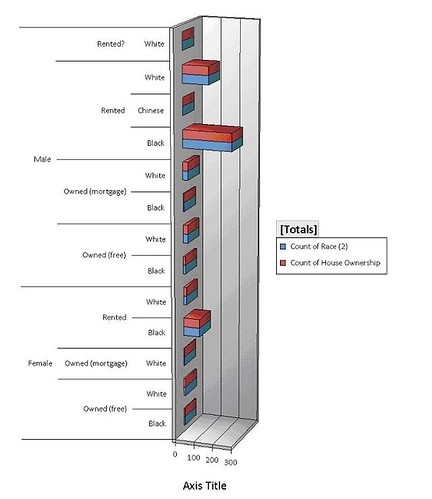I was chatting with my cousin about the census project. We were on the topic of occupations. Some bewilder her, like hustler and huckster and compositor. Then there are others where she was amazed at the sheer number of laundresses. Lota lota laundresses. Off the top of my head I was trying to remember the history of Washington DC domestic service, along with the history of American consumer culture and the rise of the home washing machine and indoor plumbing, which would have made a laundress unnecessary. Later, conditions changed where the “need” & “supply” for domestic servants (another large female occupation) disappeared.
She also noted the large number of people in one house, also unusual for our time, normal for then. I explained that several houses in the neighborhood were two or more units. You can see it with some of the Bates Street houses still, where there are two doors, one for the lower unit, and another for the 2nd floor unit. Regardless, there would be three generations sharing a house or a unit.
Another shocking thing I told her, not revealed in the data, but coming from the whole laundress and plumber (a biggy for white males) discussion, was the lack of running water in many neighborhood houses. Yes, not every house had running water inside. Think of all the things you use that requiring water on command (toilets, dishwasher, shower, etc) and imagine not having that. I illustrate this for her I recalled one of our late grandmother’s odd habits such as keeping a chamber pot under her bed. She had running water, but she was, eh, mentally ru-ral. The running water problem lasted up till about the late 50s or 60s in parts of Shaw.
Day: December 2, 2009
Renting and owning in the upper TC 1900 style

This is the one chart I’ve managed how to figure out to do. I could go through the training course to figure out Access 2007, but right now I’m going to fool around with it and hope for the best. So in fooling around with the data I present the above. It is the level of ownership and renting for blacks, whites and one Chinese guy, divided by gender. Just going by heads of households, blacks outnumbered whites in the northern (1st, O St, NJ, FL & RI Aves) portion of the Truxton Circle study area, and most households rented. There were two types of ownership shown here, mortgage and free. Free, meaning free and clear, meaning no mortgage and the heads owned the house outright.
Now given that most housing is rental housing it would stand to take it that people where a bit mobile, as renting a house doesn’t tie one to a place for any longer than the lease. It will be interesting to see if I can get to the 1910 census how many people remained in the same spot for 10 years or more. I’m gonna bet very few, less than 5-10%. Looking through I know that at some point there is a large influx of North Carolina and South Carolina Afro-Americans who show up in later censuses, so far I see a lot of District natives, and people from Maryland and Virginia. And just as a note, so far no Italian borns, I’m guessing all those Italians who were around to support the Catania were living in an enumeration district we haven’t gotten to, or had not arrived. Well when I get the eastern TC data I’ll play with that too.
